Home>Gardening & Outdoor>Landscaping Ideas>Why Is Monkey Grass Called Monkey Grass
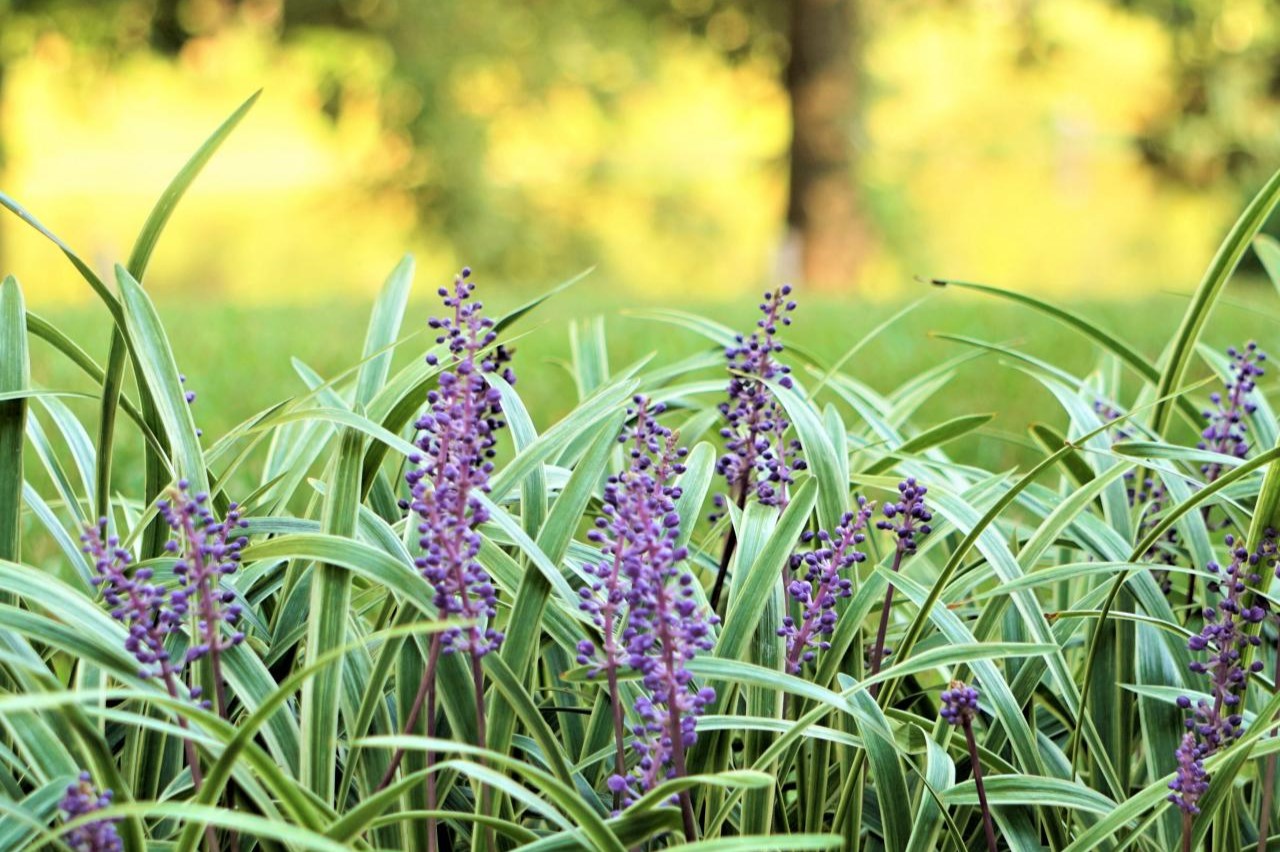

Landscaping Ideas
Why Is Monkey Grass Called Monkey Grass
Modified: May 6, 2024
Discover the landscaping ideas behind why monkey grass is called monkey grass and how it can enhance your outdoor space. Explore creative uses and maintenance tips!
(Many of the links in this article redirect to a specific reviewed product. Your purchase of these products through affiliate links helps to generate commission for Storables.com, at no extra cost. Learn more)
Introduction
Welcome to the fascinating world of landscaping, where every plant has a story to tell. In this article, we delve into the intriguing realm of monkey grass, exploring its unique name, historical significance, botanical characteristics, and practical uses. Often referred to as the "go-to" ground cover in landscaping, monkey grass boasts a rich heritage and a plethora of benefits that make it a beloved choice for both novice gardeners and seasoned horticulturists.
So, why is monkey grass called monkey grass? This enigmatic moniker has piqued the curiosity of many, and we are here to unravel the mystery behind its name. Join us on this horticultural journey as we uncover the captivating tale of monkey grass and gain a deeper understanding of its allure in the world of landscaping.
Key Takeaways:
- Monkey grass’s name has mysterious origins, with theories ranging from monkeys using it for practical purposes to its connection to Greek mythology. Its enigmatic name adds a sense of wonder to this beloved plant.
- Monkey grass has a rich history, symbolizing longevity and resilience in East Asian cultures and serving as a versatile ground cover in Western landscapes. Its adaptability, low maintenance, and ecological benefits make it a beloved choice for outdoor spaces.
Read more: Why Is It Called Bluegrass
Origin of the Name “Monkey Grass”
The name “monkey grass” is steeped in folklore and has sparked numerous theories regarding its origins. One popular belief is that the name arose from the plant’s native habitat, where monkeys were observed using the grass-like foliage for medicinal or practical purposes. While this theory adds an air of mystique to the plant, it remains largely speculative, lacking concrete evidence to substantiate its claims.
Another theory suggests that the name “monkey grass” stems from the plant’s creeping and resilient nature, akin to the agility and adaptability of monkeys in the wild. This association with the animal kingdom adds an element of whimsy to the plant’s identity, evoking images of playfulness and vitality.
Furthermore, the etymology of the term “monkey grass” has been linked to its genus name, Liriope, which is derived from the Greek mythological figure Liriope, the mother of Narcissus. This connection to ancient mythology infuses the plant with a sense of timelessness and intrigue, adding depth to its name and cultural significance.
Ultimately, the true origin of the name “monkey grass” remains shrouded in mystery, leaving room for imagination and interpretation. Whether rooted in folklore, biology, or mythology, the name “monkey grass” continues to captivate enthusiasts and ignite the imagination, underscoring the plant’s enduring appeal in the world of landscaping.
Historical and Cultural References
Throughout history, monkey grass has been intertwined with various cultural and historical references, enriching its narrative and endearing it to diverse societies. In East Asian cultures, particularly in China and Japan, monkey grass holds symbolic significance, often associated with longevity, prosperity, and resilience. It is not uncommon to find monkey grass adorning traditional gardens and landscapes, where it serves as a potent symbol of endurance and fortitude.
Moreover, in traditional Chinese medicine, the roots of monkey grass, known as Ophiopogonis Radix (Maidong), have been utilized for their purported medicinal properties, believed to nourish the yin, promote fluid production, and support overall well-being. This historical use underscores the plant’s multifaceted role in ancient healing practices, further cementing its cultural relevance.
In Western horticultural traditions, monkey grass has garnered a reputation as a versatile and resilient ground cover, celebrated for its ability to thrive in various environmental conditions. Its adaptability and low-maintenance nature have made it a staple in landscaping and gardening, earning it a revered status among enthusiasts and professionals alike.
Furthermore, monkey grass has found its way into literary and artistic expressions, inspiring poets, painters, and storytellers with its lush foliage and enduring charm. Its presence in cultural narratives reflects the plant’s enduring appeal and timeless allure, transcending geographical boundaries and resonating with people across different epochs.
As we trace the historical and cultural references surrounding monkey grass, we gain a deeper appreciation for its enduring legacy and the profound impact it has had on diverse societies. From ancient symbolism to contemporary landscaping, monkey grass continues to weave its story through the tapestry of human experience, leaving an indelible mark on the world of horticulture and beyond.
Monkey grass is actually a nickname for Liriope, a type of ornamental grass. It’s believed to have gotten its name because monkeys in Asia were often seen playing in the dense, low-growing foliage.
Botanical Characteristics
Monkey grass, scientifically classified under the genus Liriope, encompasses a diverse group of evergreen flowering plants that belong to the Asparagaceae family. Characterized by their tufted, grass-like foliage and delicate blooms, these plants contribute to the visual and textural diversity of landscapes, making them a popular choice for gardeners and landscapers alike.
One of the defining features of monkey grass is its remarkable adaptability to varying light conditions, thriving in both shade and partial sun. This versatility makes it an ideal option for areas with limited direct sunlight, where other plants may struggle to flourish. Additionally, monkey grass exhibits exceptional tolerance to different soil types, further enhancing its appeal as a resilient and low-maintenance ground cover.
The foliage of monkey grass typically forms dense, spreading clumps, creating a lush carpet-like effect that adds depth and visual interest to garden beds, borders, and slopes. Its foliage comes in an array of shades, ranging from vibrant green to variegated combinations of green and cream, infusing landscapes with a captivating spectrum of colors and textures.
During late summer to early fall, monkey grass produces delicate, lilac-hued flower spikes that rise above the foliage, adding a touch of elegance to the landscape. These blooms, though modest in size, contribute to the plant’s overall charm and attract pollinators, further enhancing its ecological value.
As an evergreen perennial, monkey grass retains its verdant foliage throughout the year, providing year-round coverage and structure to outdoor spaces. This enduring quality makes it a valuable asset in landscaping, ensuring that landscapes remain vibrant and visually appealing across all seasons.
By understanding the botanical characteristics of monkey grass, we gain insight into its adaptability, aesthetic appeal, and ecological contributions, solidifying its status as a beloved and versatile plant in the realm of horticulture.
Common Uses and Benefits
Monkey grass has carved a niche for itself in the landscaping world, offering a myriad of practical uses and benefits that cater to the diverse needs of gardeners, homeowners, and landscape professionals. Its versatility and resilience make it a valuable addition to outdoor spaces, serving both functional and aesthetic purposes with finesse.
One of the primary uses of monkey grass lies in its role as a ground cover, where it excels in creating lush, verdant carpets that blanket garden beds, borders, and slopes. Its ability to form dense clumps and spread gradually makes it an effective tool for erosion control, preventing soil runoff and stabilizing embankments, thereby contributing to the preservation of landscapes.
Furthermore, monkey grass serves as an excellent border plant, delineating pathways, flower beds, and other garden features with its graceful foliage and subtle blooms. Its low-growing nature and adaptability to varying light conditions make it an ideal candidate for framing outdoor spaces, adding structure and visual appeal to garden designs.
From a practical standpoint, monkey grass requires minimal maintenance, making it an attractive option for busy homeowners and commercial properties. Its ability to thrive in shaded areas where other plants struggle to flourish renders it a valuable asset for landscaping projects in challenging environments.
Beyond its functional uses, monkey grass offers ecological benefits by providing habitat and forage for pollinators and small wildlife. The delicate blooms of monkey grass attract bees, butterflies, and other beneficial insects, contributing to the overall biodiversity of landscapes and supporting local ecosystems.
Moreover, monkey grass has been recognized for its air-purifying properties, helping to improve air quality by filtering pollutants and particulate matter. This eco-friendly attribute adds to its appeal as a sustainable landscaping option, aligning with the growing emphasis on environmentally conscious gardening practices.
By embracing the common uses and benefits of monkey grass, we gain a deeper appreciation for its multifaceted contributions to landscaping, sustainability, and ecological harmony, solidifying its status as a beloved and indispensable plant in outdoor environments.
Read more: How To Grow Monkey Grass
Conclusion
As we conclude our exploration of monkey grass, we are left with a profound appreciation for the rich tapestry of history, culture, and practicality that defines this beloved plant. From its enigmatic name to its enduring presence in landscapes around the world, monkey grass continues to captivate and inspire, weaving its story through the annals of horticulture with grace and resilience.
The origin of the name “monkey grass” remains shrouded in mystery, inviting us to ponder the diverse theories and folklore that have contributed to its intriguing identity. Whether rooted in ancient observations of primates or linked to mythological figures, the name “monkey grass” embodies a sense of wonder and curiosity, adding an element of whimsy to the plant’s persona.
Historically and culturally, monkey grass has left an indelible mark on societies across the globe, symbolizing longevity, prosperity, and adaptability in East Asian traditions, while also finding a place in Western landscapes as a resilient and versatile ground cover. Its presence in literature, art, and traditional healing practices underscores its enduring relevance and timeless allure.
Delving into the botanical characteristics of monkey grass reveals its remarkable adaptability, aesthetic appeal, and ecological value. From its evergreen foliage to its delicate blooms, monkey grass enchants with its visual diversity and enduring charm, enriching outdoor spaces with its presence throughout the year.
The practical uses and benefits of monkey grass further solidify its place in the realm of landscaping, offering erosion control, low-maintenance coverage, and ecological contributions that align with the principles of sustainable gardening. Its role as a habitat for pollinators and its air-purifying properties underscore its holistic value in outdoor environments.
In essence, monkey grass stands as a testament to the enduring allure of plants and their profound impact on human culture and the natural world. Its ability to transcend geographical, cultural, and ecological boundaries speaks to its universal appeal and time-honored significance in the realm of horticulture.
As we part ways with the enchanting tale of monkey grass, let us carry forward a renewed appreciation for the intricate narratives that unfold within the landscapes we inhabit, and the enduring beauty of the plants that grace our gardens and green spaces.
Eager to spruce up your garden's boundaries while adding a touch of style? Our next guide offers clever and visually appealing garden fence ideas that are perfect for both small plots and expansive landscapes. If you're more focused on the overall layout and aesthetic of your outdoor areas, don't miss our insights on innovative landscaping strategies that can completely transform any space. From practical tips to creative designs, these reads are a must for anyone passionate about upgrading their outdoor living areas.
Frequently Asked Questions about Why Is Monkey Grass Called Monkey Grass
Was this page helpful?
At Storables.com, we guarantee accurate and reliable information. Our content, validated by Expert Board Contributors, is crafted following stringent Editorial Policies. We're committed to providing you with well-researched, expert-backed insights for all your informational needs.
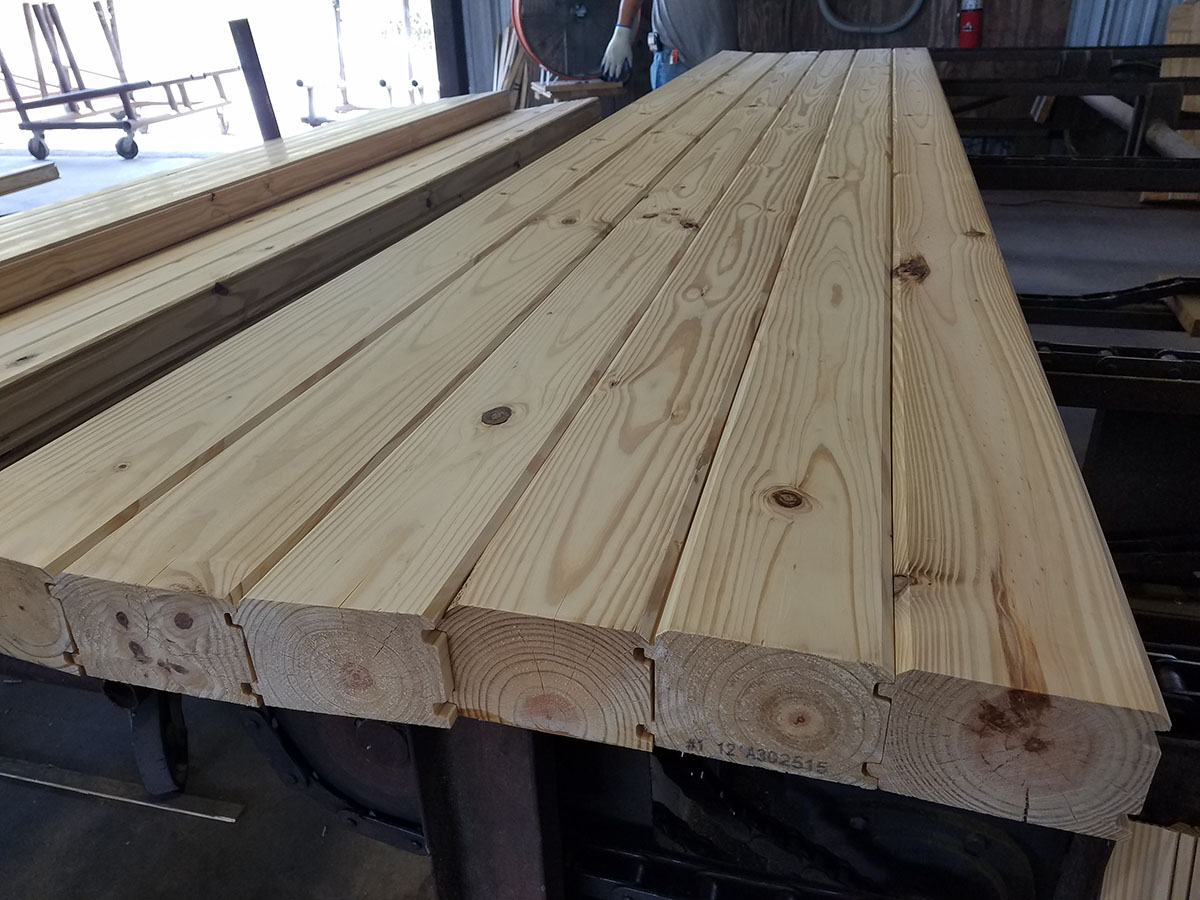
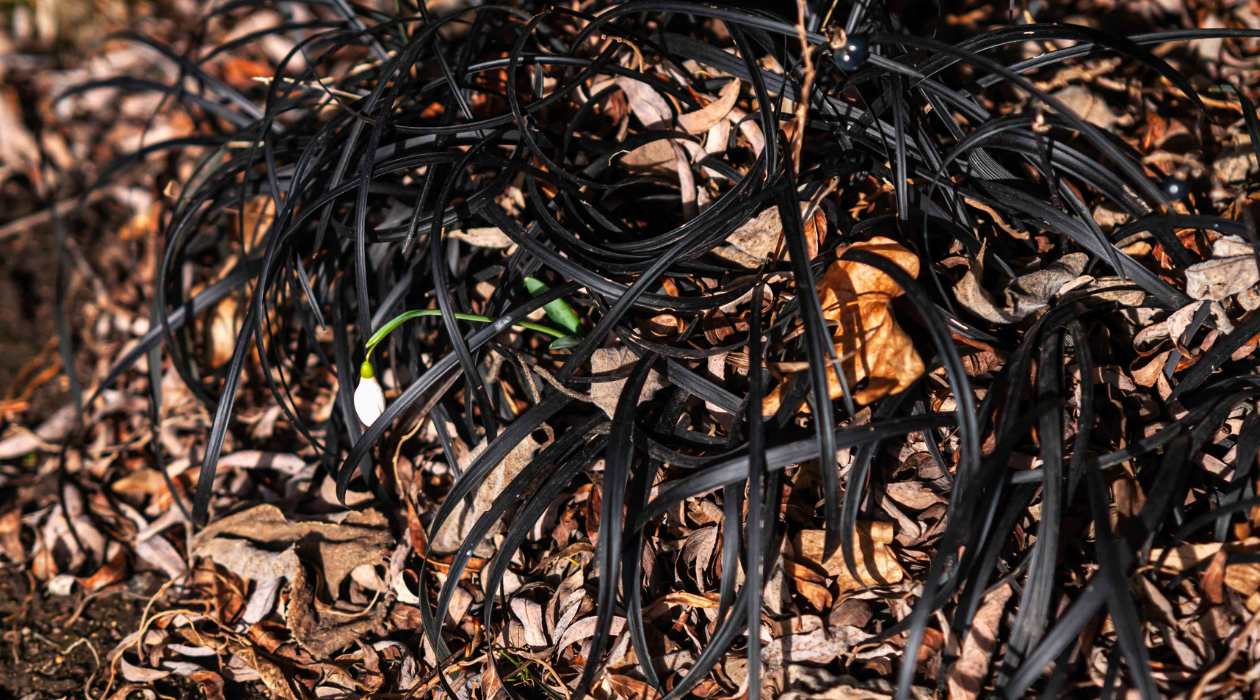
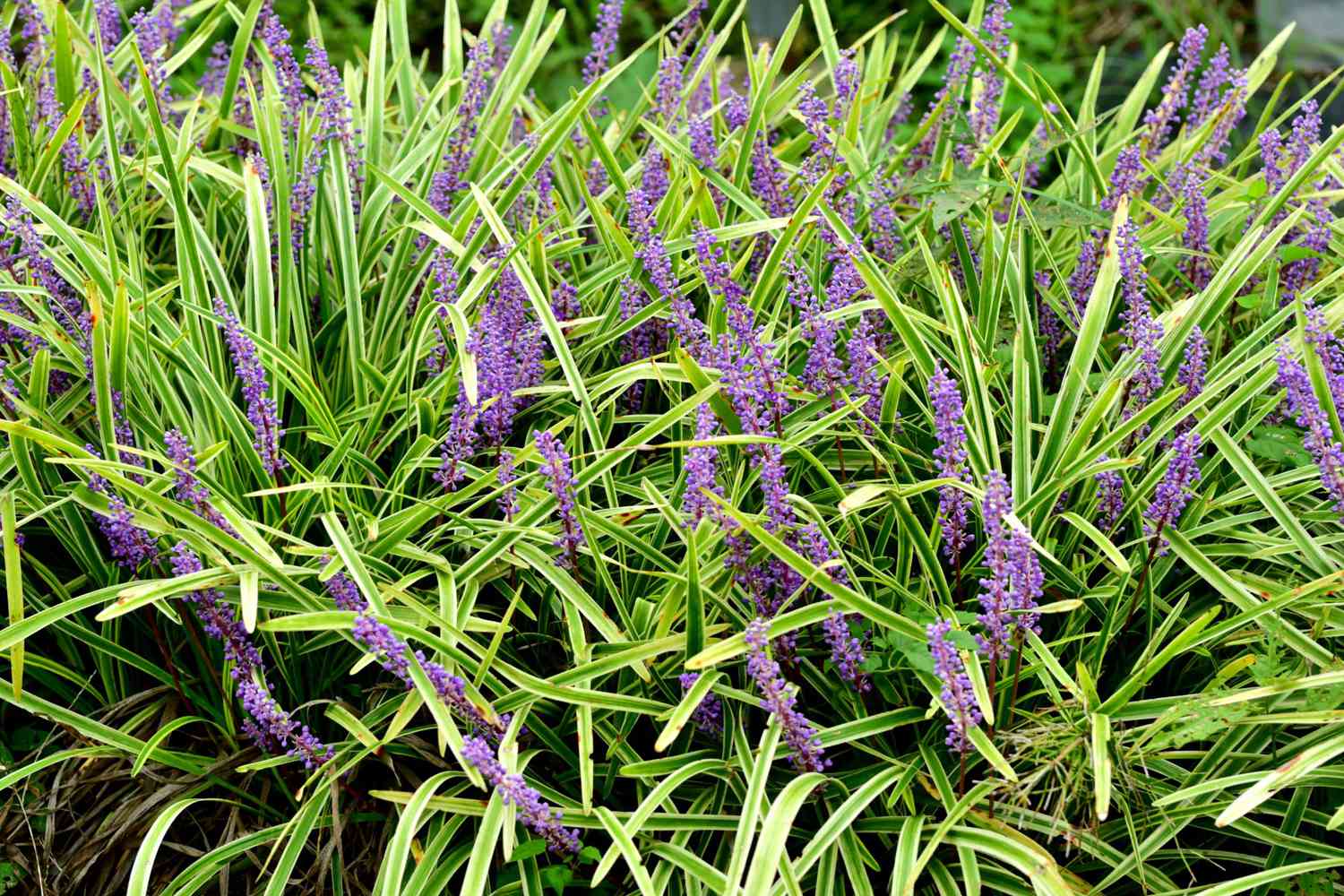
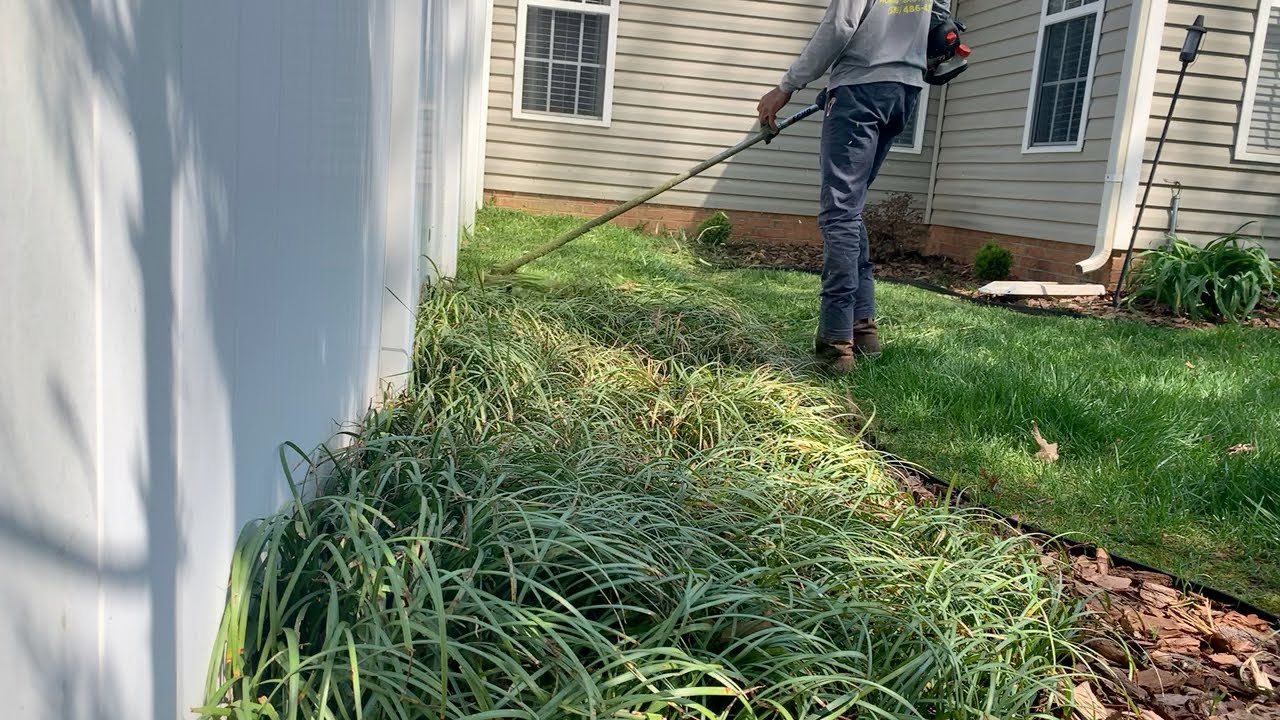
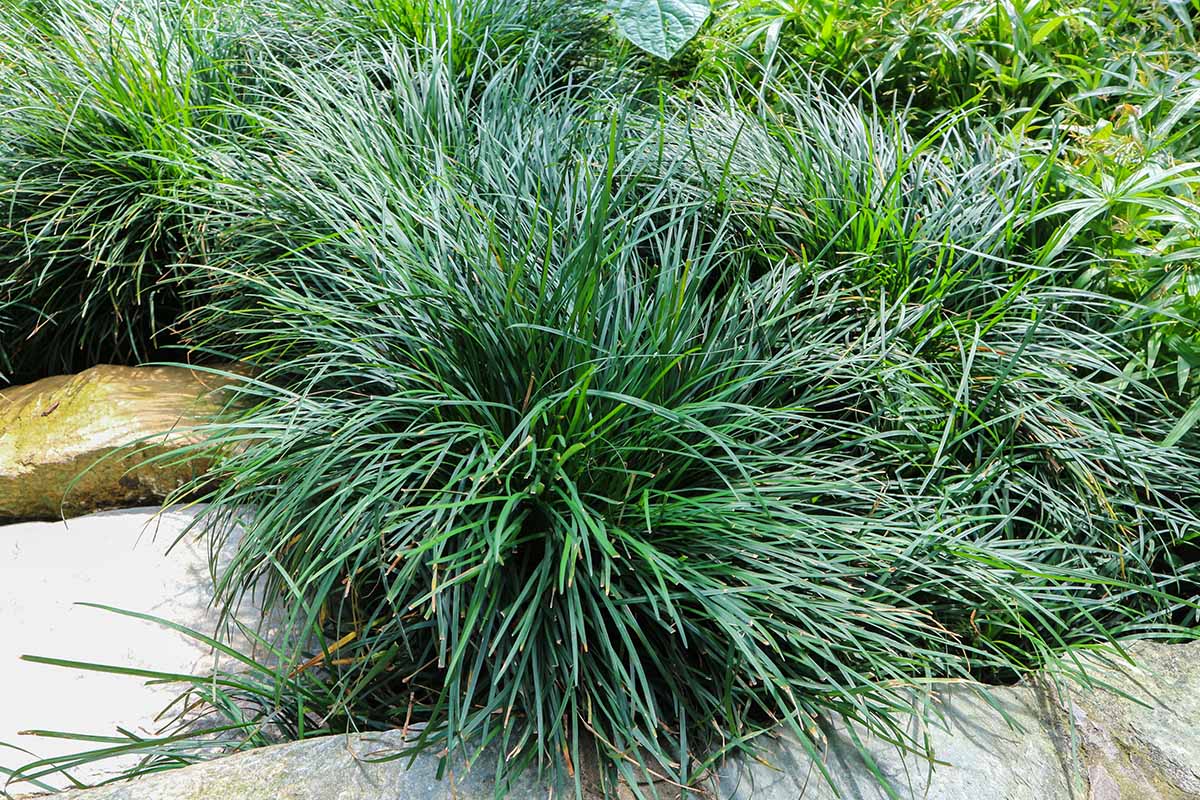
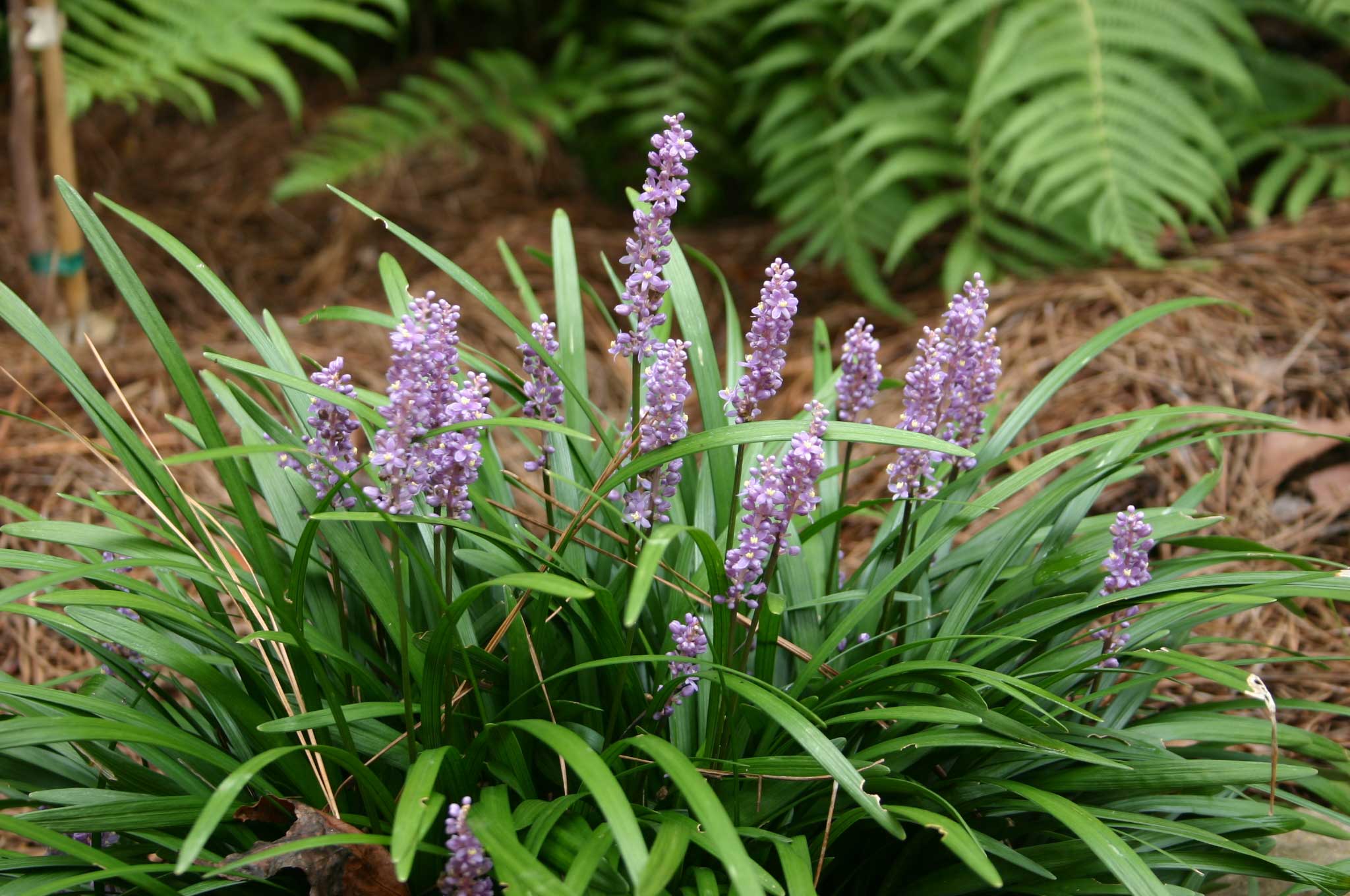
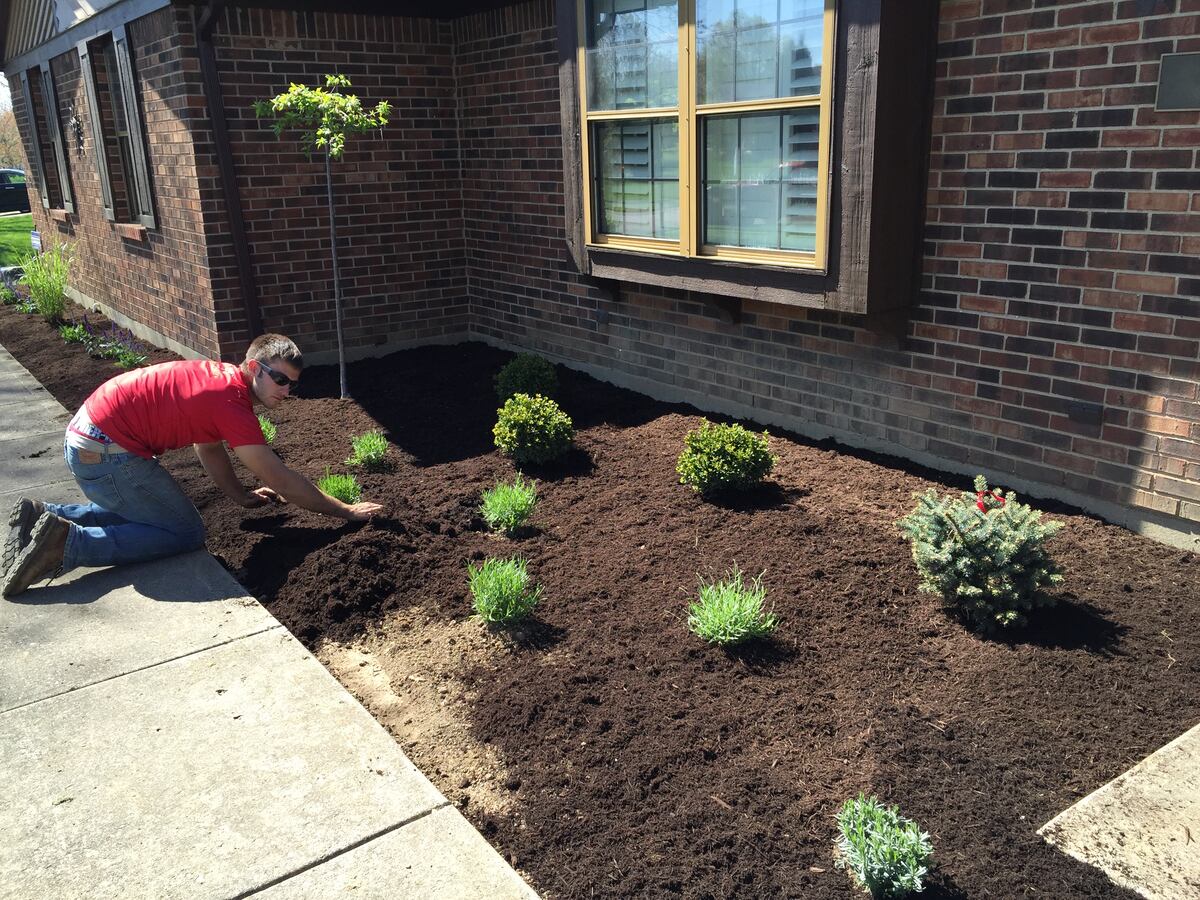

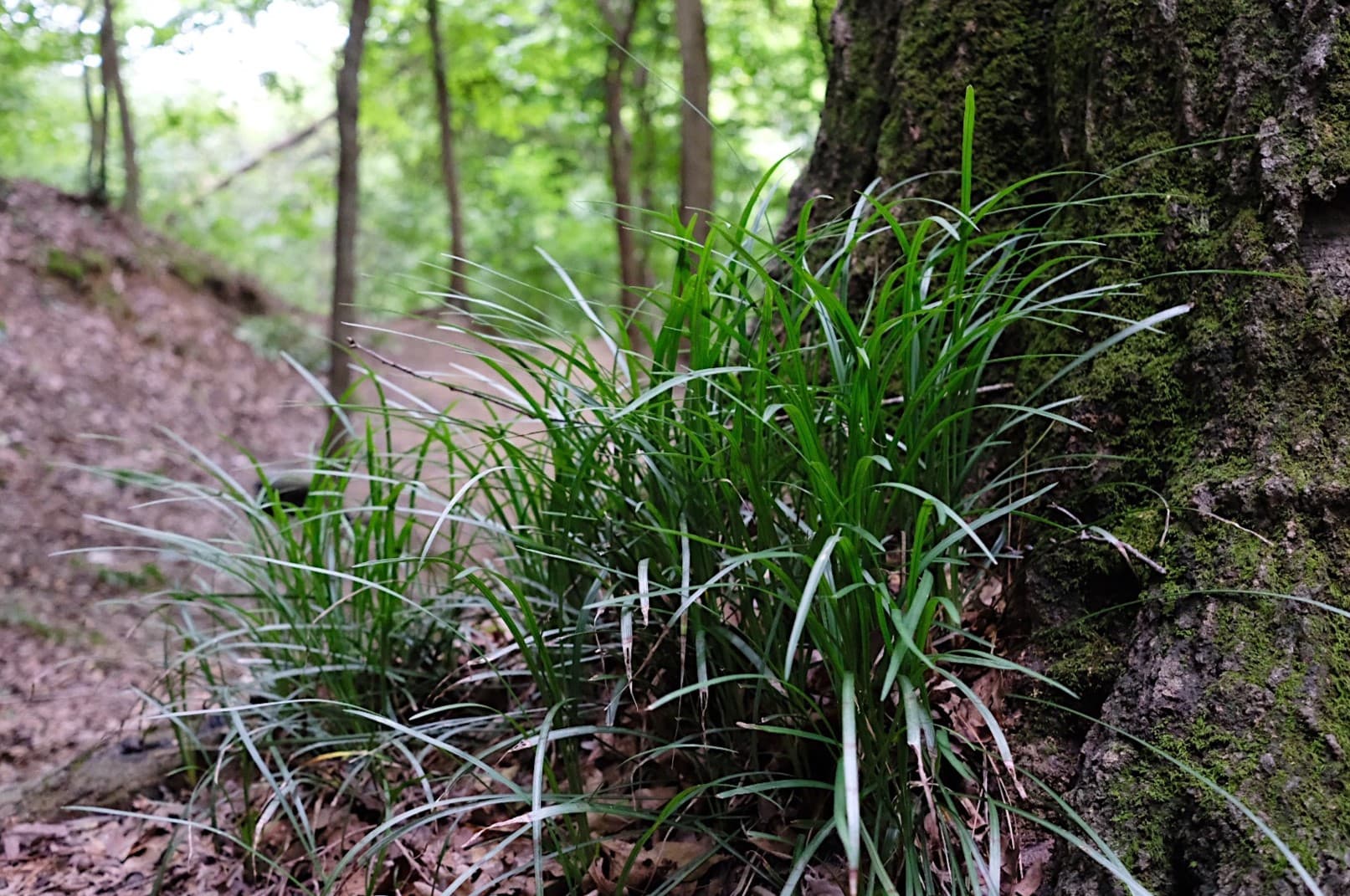
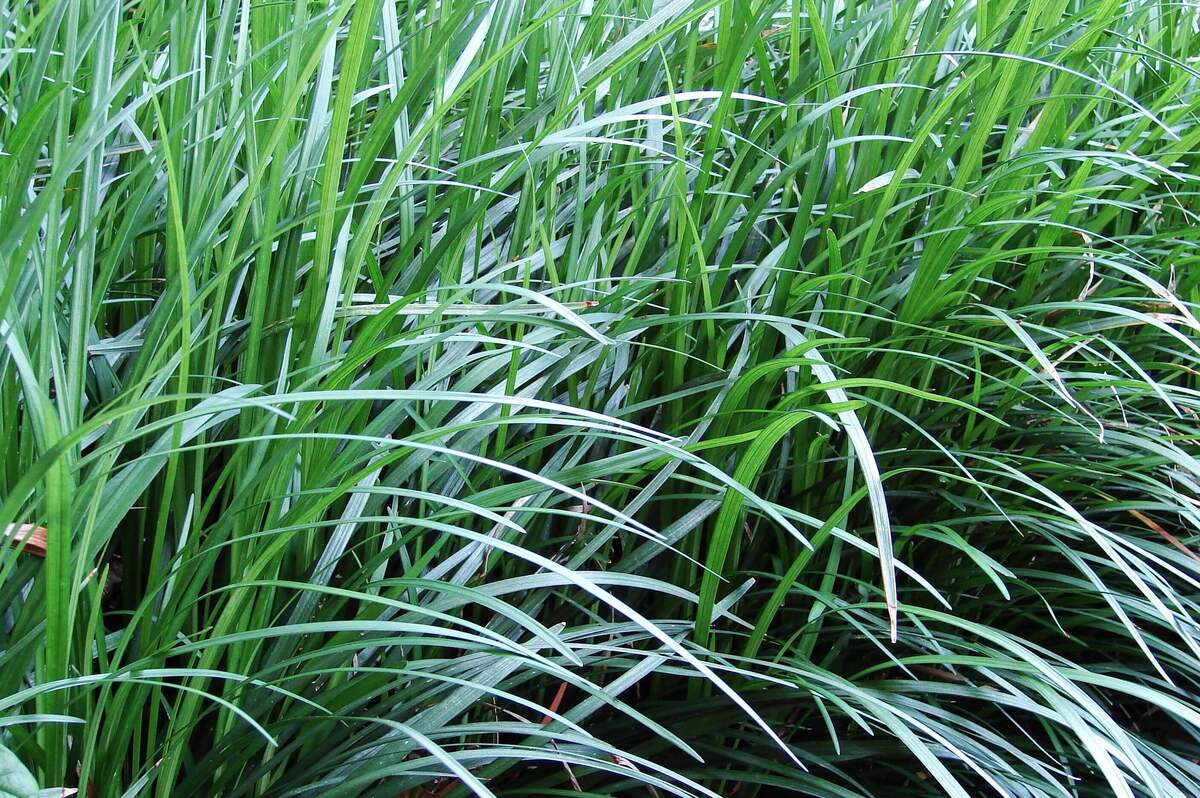
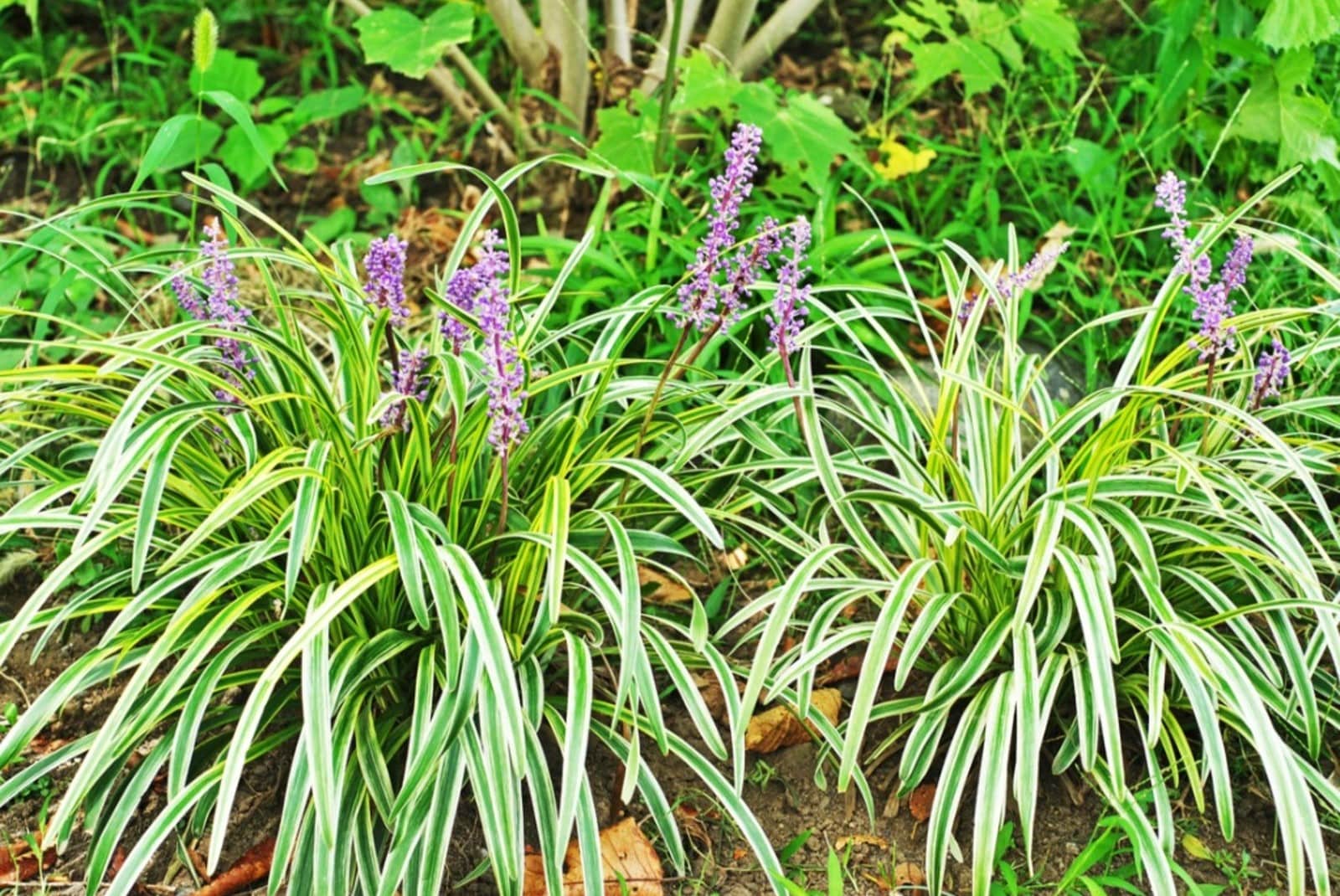
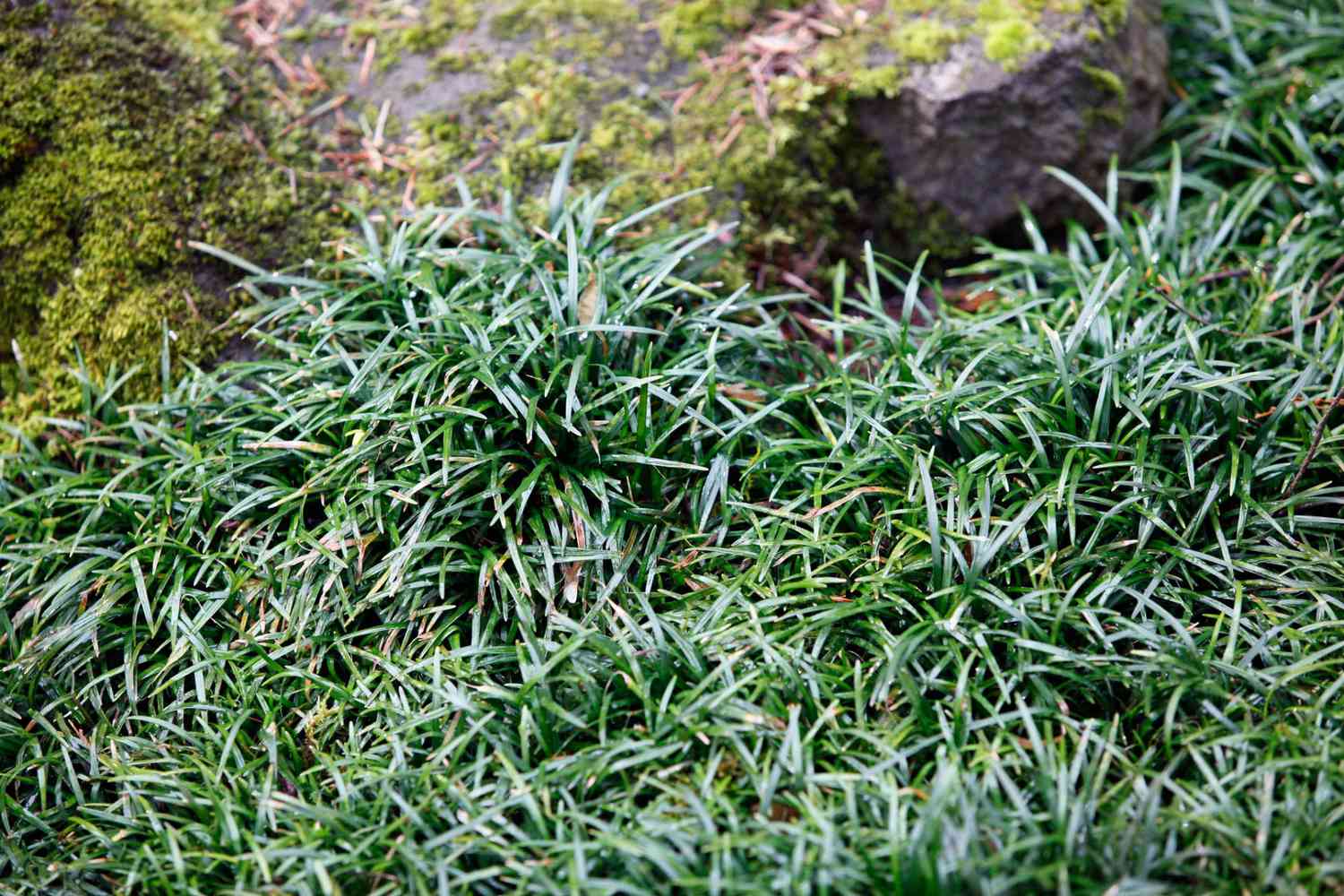

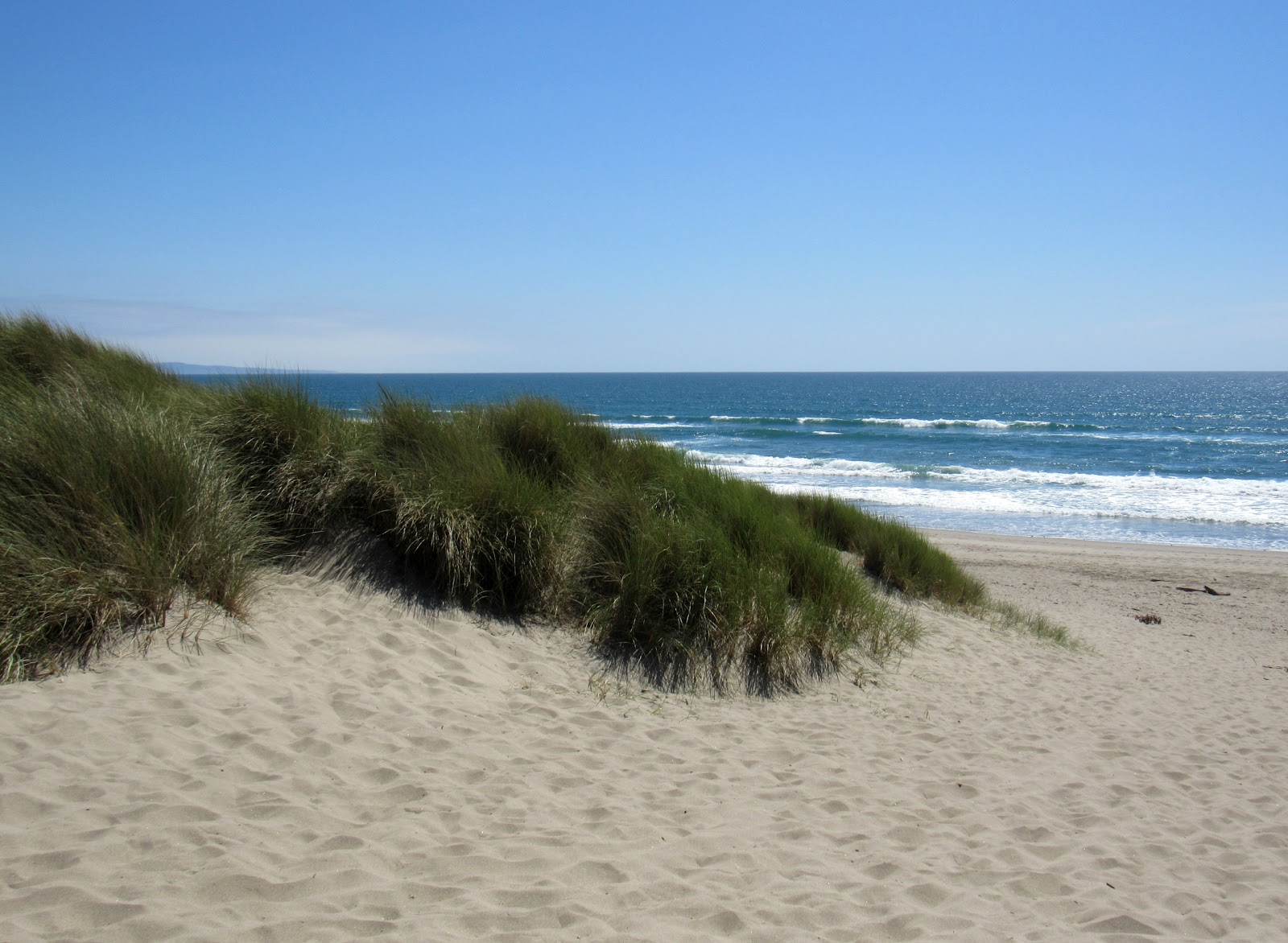

0 thoughts on “Why Is Monkey Grass Called Monkey Grass”